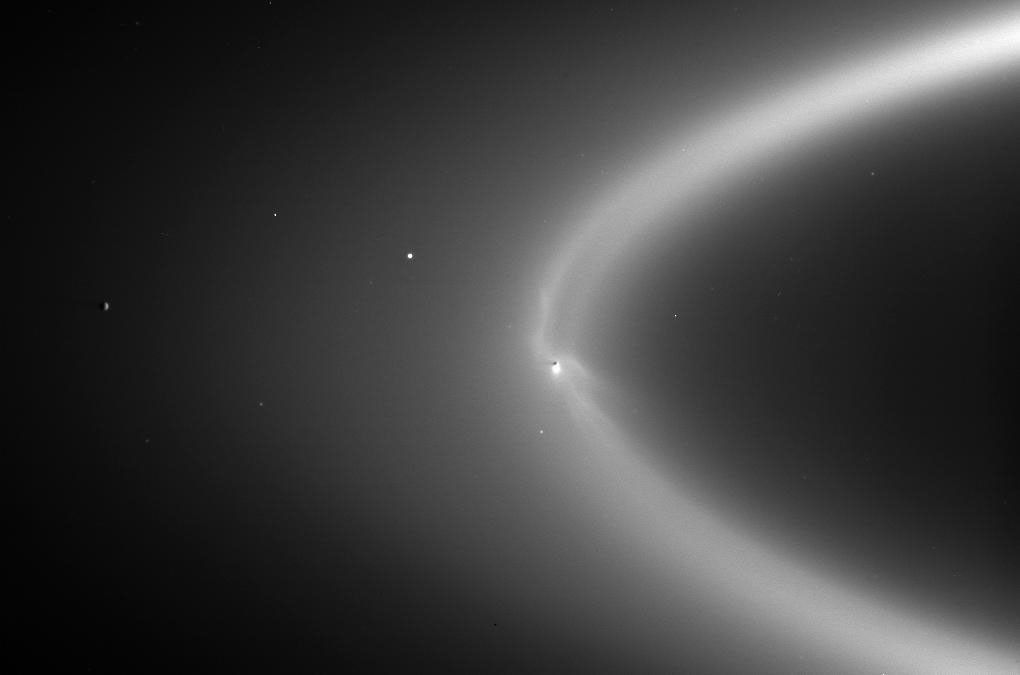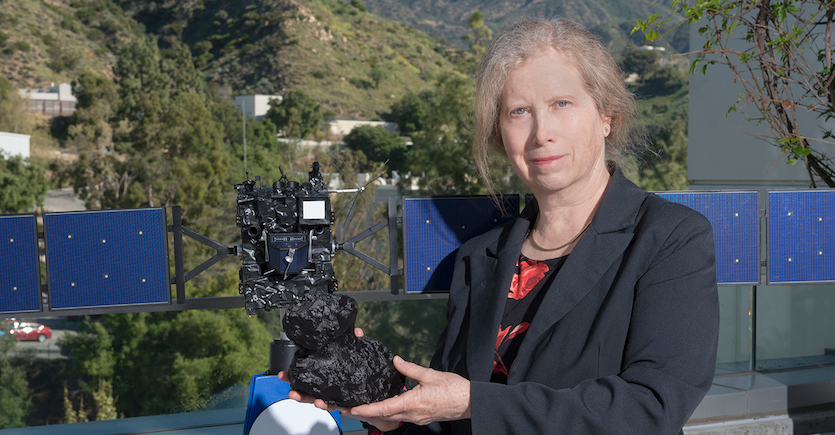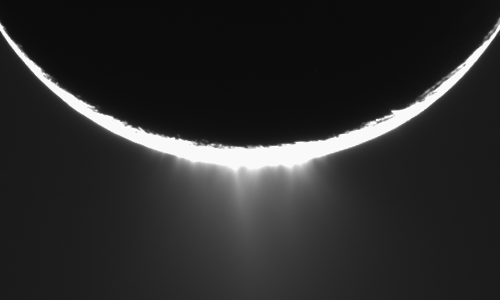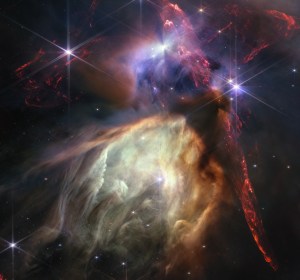Saturn's E ring origin was a decades-long mystery until Cassini came along.
Before scientists knew of the plume spraying from Saturn's moon Enceladus, or the moon's subsurface ocean, or the possibility of hydrothermal vents, they were puzzling over Saturn's E ring.
First observed in 1966, the E ring isn't nearly as flat or as sharply defined as Saturn's other rings. Its shape is primarily a torus — a faint, wispy doughnut encircling Saturn.
The ring's true breadth is astounding. It spans from about 75,000 miles (120,000 kilometers) to about 260,000 miles (420,000 kilometers) above Saturn's equator. If a highway were paved from the E ring's outer wisps to its inner boundary and you were to drive non-stop at 100 miles (161 kilometers) per hour, it would take two and a half months to get from one end of the highway to the other.
Before Cassini launched in 1997, scientists suspected that Enceladus interacted with the E ring because the tiny moon orbits at its center. "There were other hints," said Bonnie Buratti, a planetary astronomer at NASA's Jet Propulsion Laboratory. "Part of my doctoral thesis was to measure the brightness of Enceladus."
Buratti found that the tiny moon reflects nearly 100 percent of the light that strikes it. "That implied that it was fresh," she said. A relatively old surface would reflect less light because it would be dirtied by millions of years of dust and rock deposited from meteorite strikes.
Scientists wondered if material from the E ring was collecting on the moon's surface like fresh white snow, or maybe Enceladus was being bombarded by tiny meteorites and somehow feeding the fragments into the E ring.
Another clue came from astronomers (including famed observer Percival Lowell), who'd observed that the south pole of Enceladus seemed brighter than the rest of the moon, but they didn't know why.
Shortly after Cassini began its study of the Saturn system in 2004, the little moon began giving up the goods. The youthful, nearly crater-free surface of the southern polar region told scientists that the moon was remarkably active, and the heat that caused that activity might somehow be propelling particles from Enceladus out into the E ring.
After analyzing infrared data from Cassini flybys, scientists found that the south pole of Enceladus was warmer than its much sunnier equator, which suggested a source of heat that's local to the moon's south.
They also detected what was described at the time as an "atmosphere" containing water vapor over the south pole. An Enceladus atmosphere would quickly dissipate because the tiny moon doesn't have the necessary gravity to retain it — any atmosphere would have to be regularly replenished.
Altogether, it meant Enceladus was spraying material into space and was indeed producing Saturn's E ring.
Scientists have since built a clearer picture of the water ice particles racing out through the "tiger stripe" cracks in the moon's surface: large particles fall back to the surface, but smaller particles travel higher. The smallest ones escape to form the E ring.
Researchers now think Enceladus has a global ocean of liquid water under its icy shell. Evidence from Cassini indicates that dark ocean hosts hydrothermal vents, one of the environments where life on Earth may have begun.
But unraveling Enceladus all started decades ago with a Saturn ring that was unlike the others.
“We now know,” said Cassini deputy project scientist Scott Edgington, “that the decades-long mystery of the E ring owes its origin to the tiny little ocean world called Enceladus.”


































